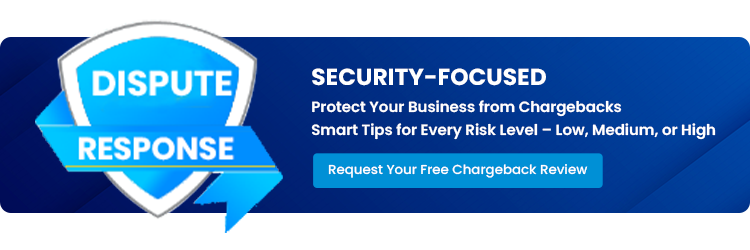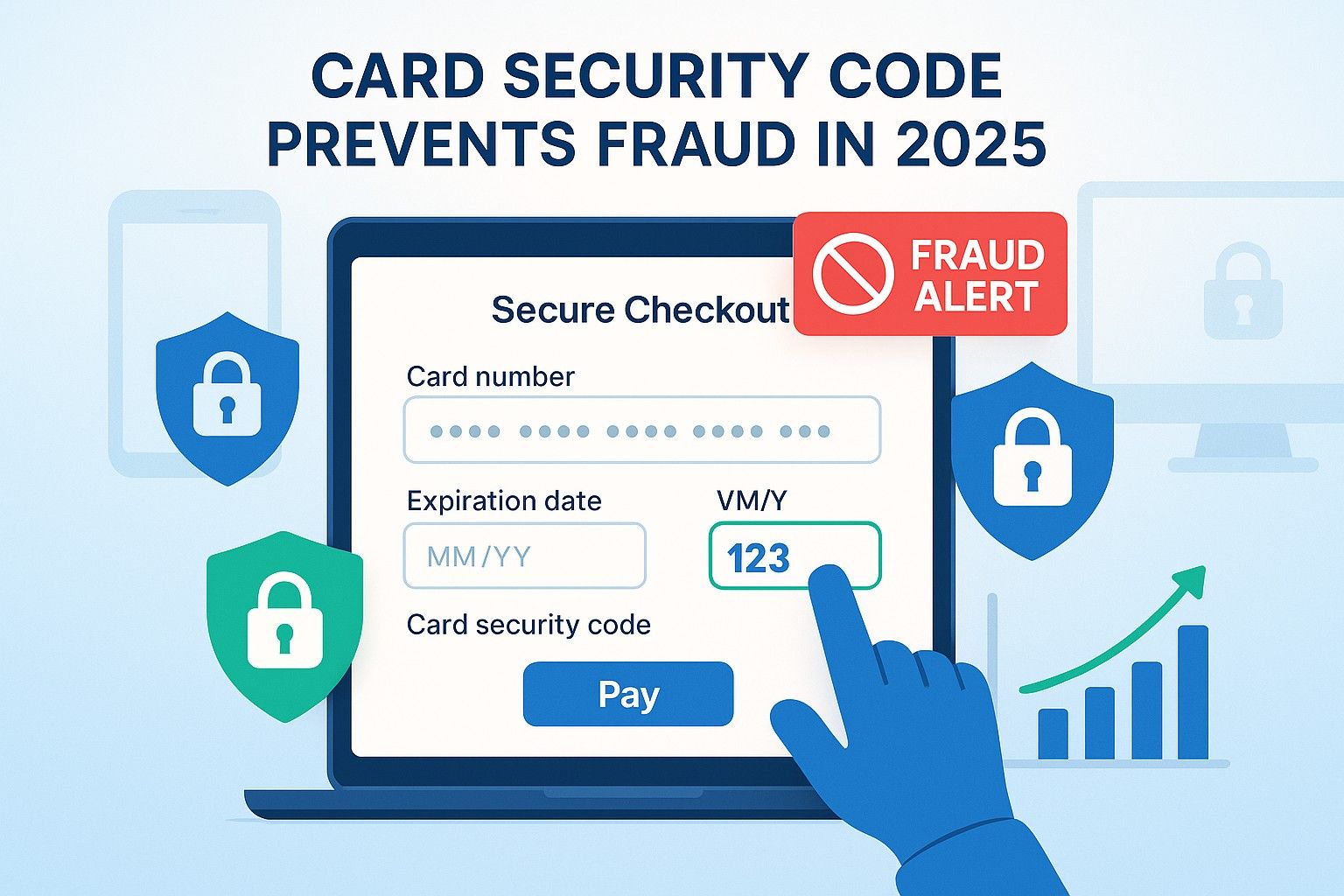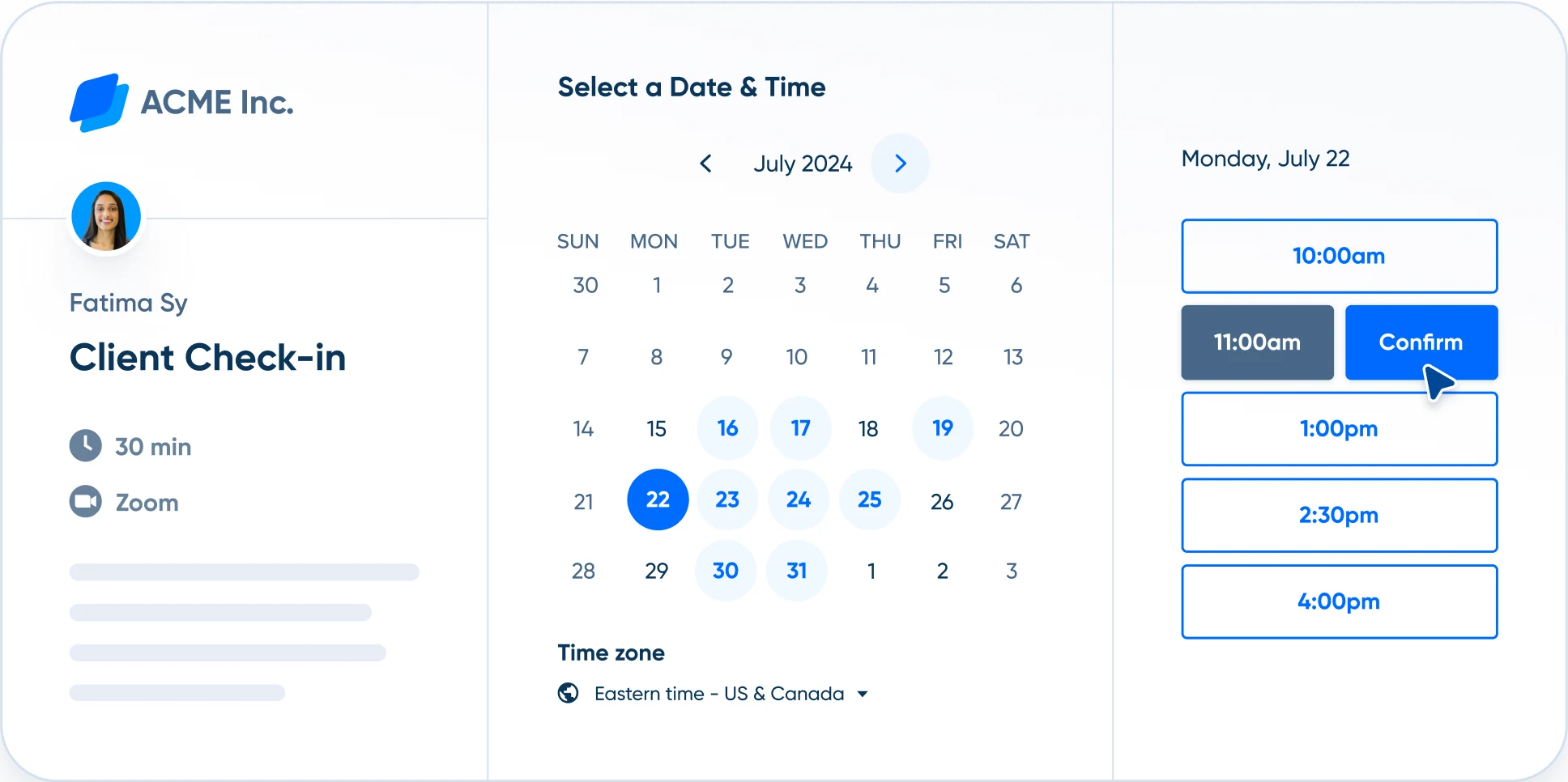Chargeback Management Services - Dispute Response Aug/ 3/ 2025 | 0
In today’s digital-first economy, fraudsters are evolving—but so are defenses. One of the simplest and most effective tools U.S. businesses have in 2025 is the card security code (also known as CVV, CVV2, or CVC). Whether you’re processing online or over-the-phone payments, verifying this code can make all the difference in stopping fraudulent transactions before they happen.
What Is a Card Security Code?
A card security code is the 3- or 4-digit number located on the back or front of a credit or debit card. Its sole purpose is to verify that the customer has physical access to the card—a critical step for card-not-present transactions.
- Visa, Mastercard, Discover: 3-digit CVV on the back
- American Express: 4-digit CVC on the front
Why It Still Matters in 2025
Even with the rise of tokenization and biometric authentication, card security codes remain a frontline defense for businesses. Here’s why they’re still relevant:
- Reduces unauthorized transactions
- Prevents friendly fraud and chargebacks
- Adds an extra verification layer for eCommerce
- Complies with PCI-DSS best practices
How CVV Helps Prevent Chargebacks
In many chargeback cases, the absence of a verified CVV is a red flag. Fraudsters often obtain stolen card numbers, but not the security code. When you collect and verify CVV:
- You signal fraud prevention measures to banks and processors
- You increase your chance of winning a dispute
- You reduce your chargeback ratio significantly
CVV Compliance Tips for U.S. Businesses
To stay protected and compliant in 2025, follow these best practices:
✅ Always Require CVV for Online & Phone Orders
Don’t process transactions without verifying the code, especially for new or high-ticket customers.
✅ Never Store the CVV
Per PCI DSS compliance, storing the card security code is prohibited—even in encrypted form.
✅ Integrate CVV Checks with Your Gateway
Ensure your payment processor flags and rejects mismatched CVV entries.
✅ Train Your Staff
Educate your customer service and billing teams about the importance of CVV verification for card-not-present transactions.
CVV vs. AVS: A Stronger Duo
Pairing CVV with AVS (Address Verification System) strengthens your fraud shield. While CVV confirms possession of the card, AVS confirms the billing address. Together, they form a two-factor defense system.

Email us anytime!
Email customer service 24/7

Call us anytime!
Reach customer care 24/7 at +1 (888) 927-5152
Final Thoughts
In the ever-evolving landscape of fraud in 2025, the card security code remains one of the most effective, low-cost tools U.S. businesses can use to combat chargebacks and protect their bottom line. It’s not just a number—it’s your last line of defense


